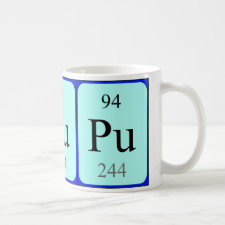
Authors: Uzun L, Say RI, Ünal S, Denizli A
Article Title: Production of surface plasmon resonance based assay kit for hepatitis diagnosis.
Publication date: 2009
Journal: Biosensors and Bioelectronics
Volume: 24
Issue: (9)
Page numbers: 2878-2884.
DOI: 10.1016/j.bios.2009.02.021
Alternative URL: http://www.sciencedirect.com/science/article/B6TFC-4VRP22W-3/2/6e5c3dd5b0f88196197ef574478b975c
Abstract: Hepatitis B surface antibody (HBsAb) imprinted poly(hydroxyethyl methacrylate-N-methacryloyl-L-tyrosine methyl ester) (PHEMAT) film on the surface plasmon resonance (SPR) sensor chip was prepared for diagnosis of HBsAb in human serum. Gold SPR chip surface was modified with allyl mercaptane and, then, HBsAb-imprinted PHEMAT film was formed on the chip surface. Surface characterization of the non-modified, allyl mercaptane modified and HBsAb-imprinted PHEMAT SPR chips were investigated with contact angle, atomic force microscopy (AFM). Kinetic studies were performed using HBsAb positive human serum. In order to determine the kinetic and binding constants, Scatchard, Langmuir, Freundlich and Langmuir-Freundlich models were applied to experimental data. Scatchard curve shows that HBsAb imprinted SPR chip has some surface heterogeneity, SPR chip obeyed the Langmuir adsorption model. The maximum detection limit was 208.2ámIU/mL. KA and KD values are 0.015ámIU/mL and 66.0ámL/mIU, respectively. Control experiments of the SPR chip were performed using non-immunized, HBsAb negative serum. The control experiment results show that SPR chip does not give any noticeable response to HBsAb negative serum
Template and target information: Hepatitis B surface antibody, HBsAb, protein
Author keywords: molecular imprinted polymers, Diagnostic kits, Hepatitis B, surface plasmon resonance



Join the Society for Molecular Imprinting

New items RSS feed
Sign-up for e-mail updates:
Choose between receiving an occasional newsletter or more frequent e-mail alerts.
Click here to go to the sign-up page.
Is your name elemental or peptidic? Enter your name and find out by clicking either of the buttons below!
Other products you may like:
 MIPdatabase
MIPdatabase









